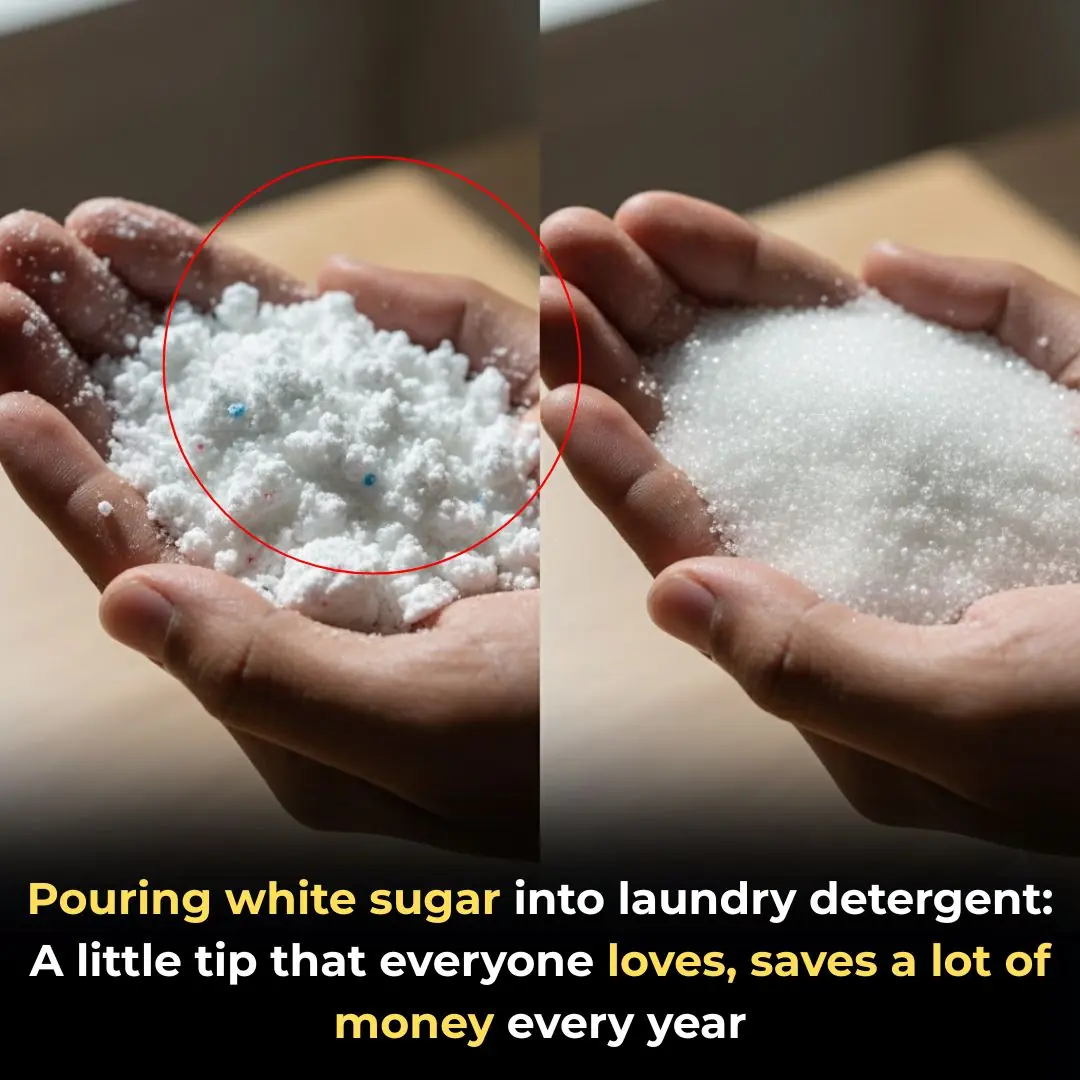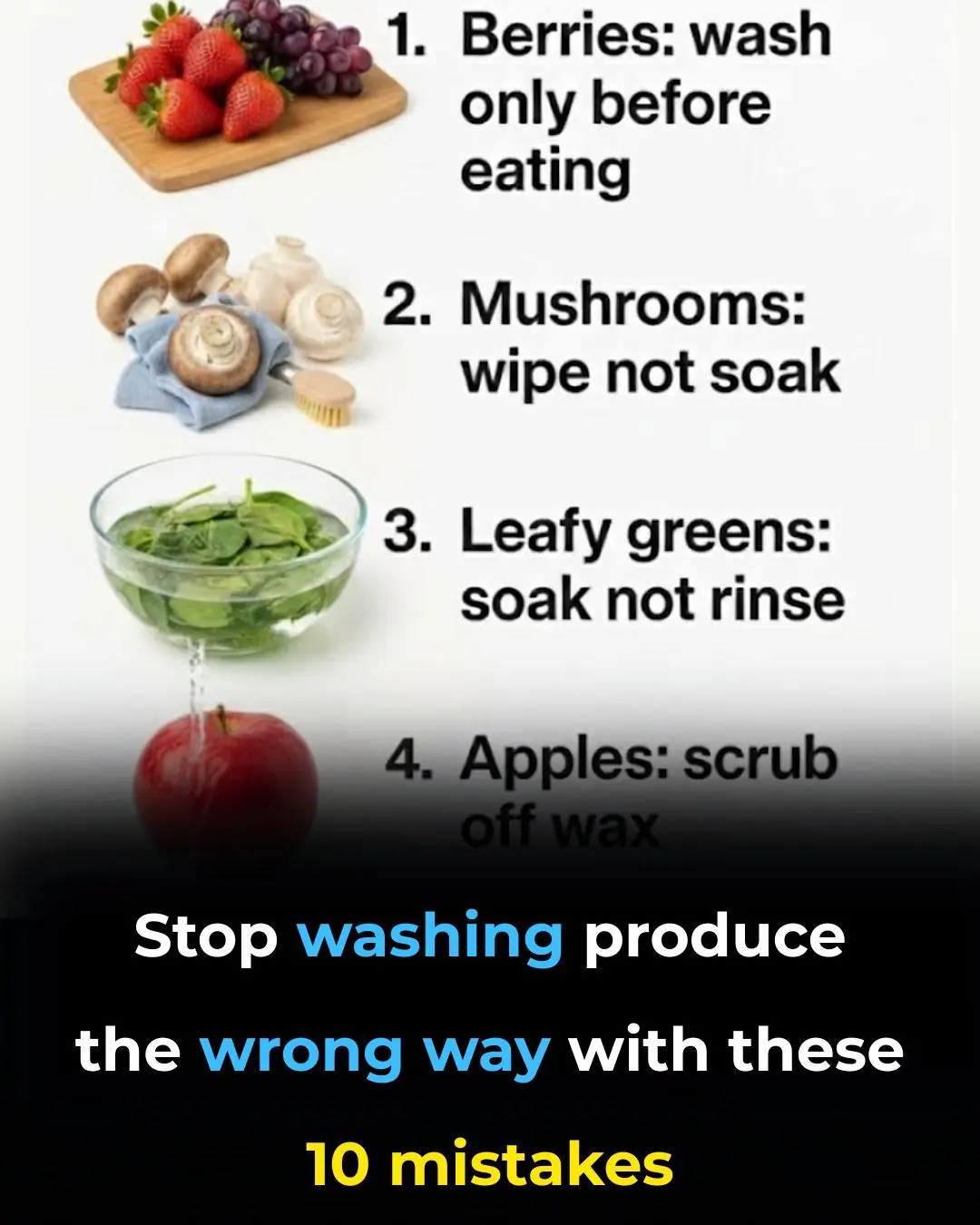
Stop wasting freezer space on these 10 foods
The freezer is a modern convenience that has revolutionized the way we store food, allowing us to preserve ingredients and extend their shelf life. However, not all foods are suitable for freezing. In fact, some foods can be completely ruined by the freezing process, leading not only to wasted ingredients but also wasted freezer space. Understanding what should not be frozen can save you time, money, and disappointment when you reach for something only to find it unappetizing or unusable.
Freezing affects the texture, flavor, and in some cases, the nutritional value of certain foods. By learning which items are freezer-friendly and which are not, you can ensure that your frozen food stash remains high quality and functional. Below is a detailed list of common foods that should be kept out of the freezer, along with tips on proper storage alternatives.
1. Lettuce: Turns Mushy
Lettuce is a cornerstone of fresh, crisp salads, but freezing it can ruin its texture entirely. The water inside lettuce leaves expands as it freezes, rupturing the delicate cell walls. Once thawed, the leaves become limp, wet, and unappetizing. This is a common issue with most leafy greens, which rely on their natural crispness to be enjoyable.
Storage tip: Keep lettuce in the refrigerator with a slightly damp paper towel inside a sealed container. This method can preserve freshness for up to a week and keeps the leaves ready to use.
2. Cucumbers: Become Soggy
Cucumbers, like lettuce, have high water content. Freezing causes the water to expand and break the cellular structure, leaving the vegetable limp and watery. This destroys the refreshing crunch that cucumbers are known for.
Storage tip: Store cucumbers in the fridge, wrapped in a paper towel and placed in a plastic bag to maintain crispness. For long-term preservation, pickling is a far better option than freezing.
3. Cream Sauces: Separate When Thawed
Cream-based sauces are particularly sensitive to freezing. The fat in the cream can separate from the liquid when thawed, creating a grainy, unappetizing texture. Heavy cream sauces, in particular, rarely regain their smooth consistency after freezing.
Storage tip: Keep cream sauces in the refrigerator and use them within a few days. Alternatively, freeze the sauce components separately and assemble the sauce fresh when needed.
4. Fried Foods: Lose Their Crispness
Fried foods are at their best when freshly cooked, with a crunchy coating. Freezing draws moisture from the breading or batter, making it soggy and disappointing when reheated.
Storage tip: If you must store fried foods, use an airtight container in the refrigerator, then reheat in an oven or air fryer to restore some of the original texture. Freshly fried is always superior.
5. Eggs in Shell: Risk of Cracking
Freezing eggs in their shells is risky because the liquid inside expands, causing the shells to crack. This not only creates a mess but also increases the risk of bacterial contamination.
Storage tip: Crack eggs into a container, lightly beat them, and freeze in airtight containers or ice cube trays. This method is safe and allows for easy use in cooking or baking.
6. Soft Cheeses: Texture Changes
Soft cheeses, like Brie or cream cheese, do not freeze well. Freezing causes water to separate from the fats, leaving the cheese crumbly and less creamy.
Storage tip: Enjoy soft cheeses fresh from the fridge. Hard cheeses, such as cheddar or Swiss, can tolerate freezing better, although some texture loss is still possible.
7. Whole Potatoes: Turn Grainy
Whole, raw potatoes do not freeze well. The water inside them expands and ruptures cell walls, resulting in a grainy, watery texture once cooked.
Storage tip: Cook potatoes before freezing. Mashed potatoes, especially when mixed with butter or cream, freeze well and retain a smoother texture.
8. Fresh Herbs: Lose Flavor
Freezing fresh herbs like basil, cilantro, or parsley can diminish both flavor and texture. Leaves often become limp and discolored, while the essential oils that provide aroma and taste are reduced.
Storage tip: Chop herbs and freeze them in oil or water in ice cube trays. Alternatively, drying herbs preserves flavor for long-term use.
9. Cooked Pasta: Becomes Mushy
Freezing cooked pasta can lead to a mushy, unappealing texture because it absorbs extra moisture during freezing.
Storage tip: Cook pasta al dente and toss lightly with oil before freezing. Reheat gently to maintain as much firmness as possible.
10. Milk: Potential for Graininess
Milk can be frozen, but it often separates during thawing, resulting in a grainy texture. Fat separates from the liquid, making it less pleasant for drinking, though it remains usable for cooking and baking.
Storage tip: Shake milk before freezing and after thawing to help recombine the liquids.
11. Canned Foods: Freezing is Unnecessary
Canned foods are already preserved and generally do not benefit from freezing. Freezing can cause the cans to expand or even rupture, damaging the contents.
Storage tip: Store canned foods in a cool, dry place as recommended. This saves valuable freezer space and keeps your pantry organized.
By avoiding freezing these foods, you can maintain the quality and flavor of your ingredients while freeing up space for items that actually benefit from long-term storage. Understanding what not to freeze is just as important as knowing what can be frozen—it’s key to efficient and effective food storage.
News in the same category


Banana flowers and their little-known uses

Eat these 5 fruits to avoid magnesium deficiency, keep your heart healthy and your bones strong.

How to cook black bean perilla water to detoxify the liver and nourish the kidneys

A miracle will happen with a handful of seeds under the bed, unfortunately it's just now

Pouring white sugar into laundry detergent: A little tip that everyone loves, saves a lot of money every year

Tips for dealing with moldy and peeling walls: Simple, inexpensive, any house can do it

Stop wasting money on these 10 pantry staples

Whoa, this completely flew under my radar

Stop washing produce the wrong way with these 10 mistakes

I didn't know

Stop cooking these 10 foods in aluminum foil

My nana taught me this hack to freshen carpets in 4 mins with 0 work. Here’s how it works

Tips for effective, safe and cost-saving pest control

Distinguish between clean bean sprouts and bean sprouts containing toxic chemicals with the following extremely simple tip.

How to make the Money Tree flower and have fresh shoots to attract fortune

How to make delicious beef stew at home extremely simple

Squeeze lemon into the rice cooker before cooking, a small tip that everyone will praise when they see the results.
News Post

4 Types of Shoulder Pain That May Signal Dangerous Cancer — Don’t Mistake Them for Simple Joint Problems

6 Body Parts That Turn Black May Signal Cancer — Don’t Ignore Them

Serrated Leaf Motherwort: A Precious Herb with Many Benefits

Banana flowers and their little-known uses

Eat these 5 fruits to avoid magnesium deficiency, keep your heart healthy and your bones strong.

The Amazing Power of Caesalpinia pulcherrima (Peacock Flower)

White Bumps or Spots on Lips: Causes and Effective Treatments

Corn Silk: 30 Health Benefits and How to Use It

Turmeric Dosage: How Much You Actually Need for Arthritis, Cancer, and Other Diseases

Better Than Medicine? The Shocking Truth About Dates & Blood Sugar!

7 Nuts You Should Eat for Better Health (and the #1 Nut You Should NEVER Touch)

An easy-to-dismiss symptom in your foot could be a sign of several more serious illnesses

How to cook black bean perilla water to detoxify the liver and nourish the kidneys

A miracle will happen with a handful of seeds under the bed, unfortunately it's just now

Pouring white sugar into laundry detergent: A little tip that everyone loves, saves a lot of money every year

Tips for dealing with moldy and peeling walls: Simple, inexpensive, any house can do it

Stop wasting money on these 10 pantry staples

Doctor reveals 5 powerful snacks that help your body fight cancer and disease

The Most Effective Foods to Cleanse your Lungs (Research Based)
